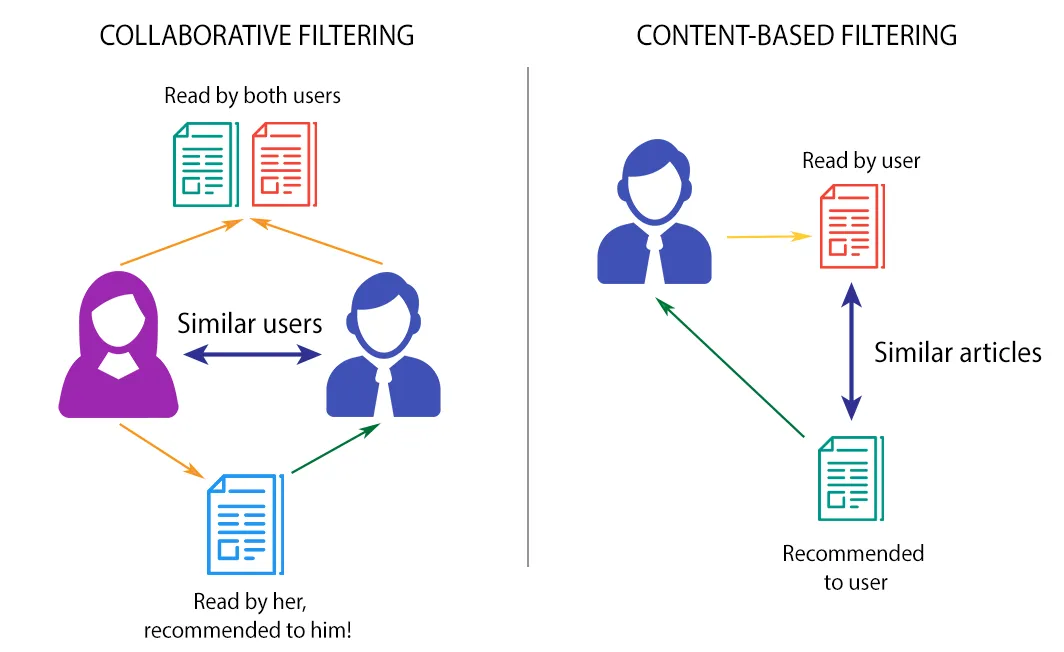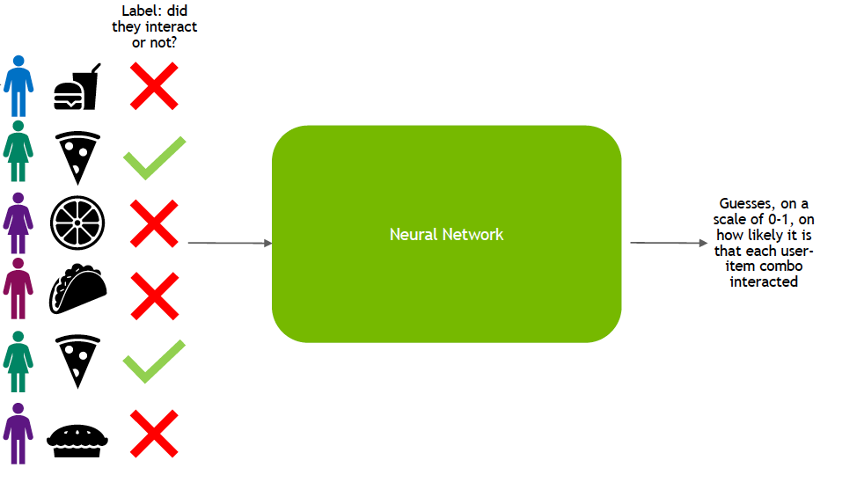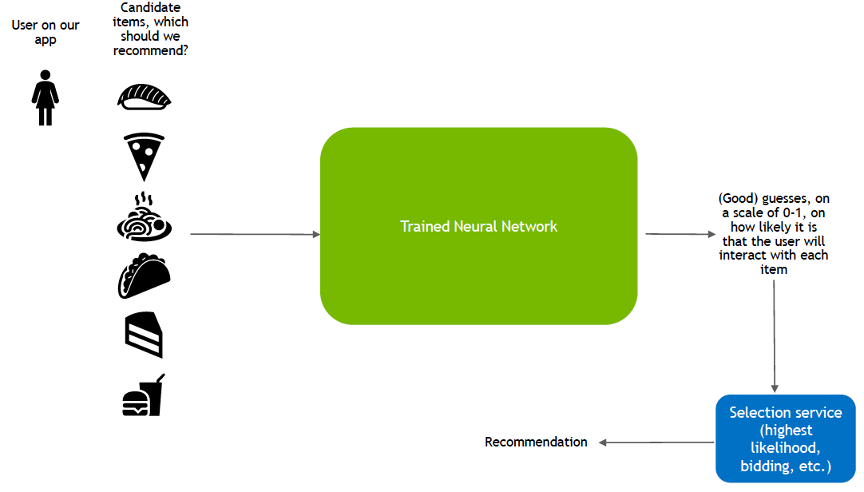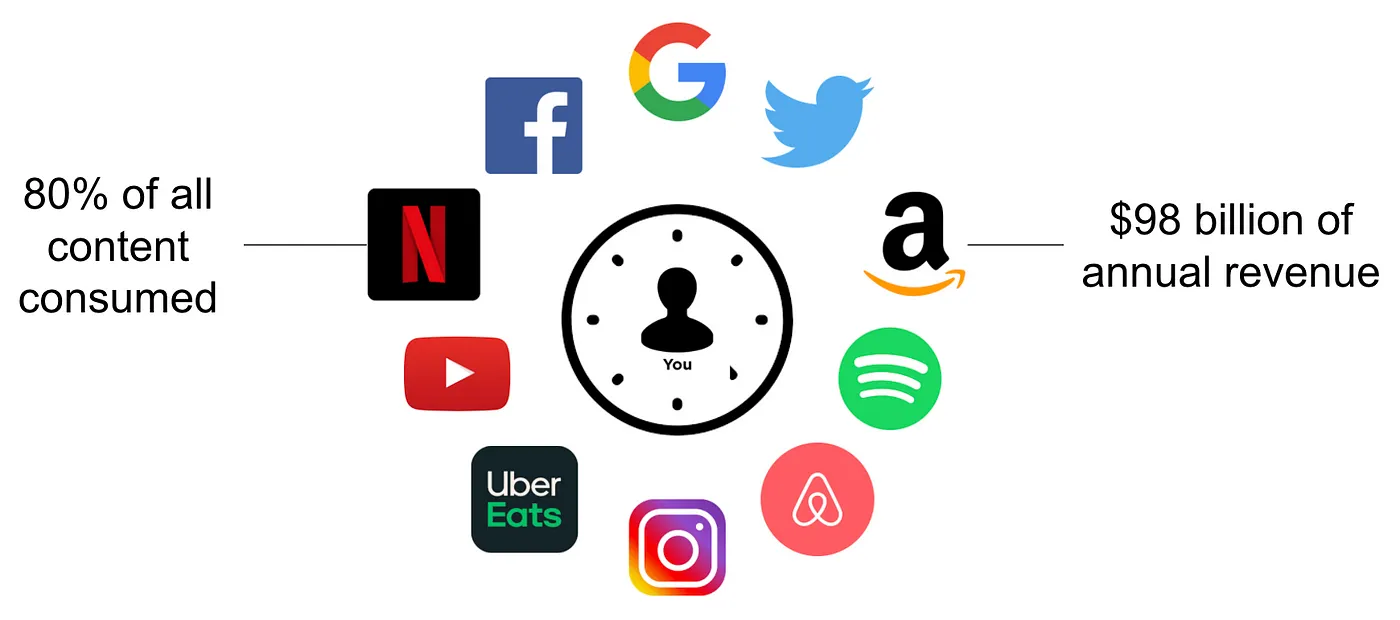
How AI Recommendations Create a Personalized Experience
17 March, 2024
Have you ever wondered how video platforms like YouTube seem to know your exact interests? After browsing a few AI-related topics, your recommendations are suddenly filled with similar content. It almost feels like the algorithm can read your mind. But what really happens behind the scenes of these recommendation systems?
Analyzing User Behavior
Every click, video watched, and page browsed is tracked and analyzed by the platform's AI. It builds a detailed profile of each user's interests by organizing this behavioral data. Late night YouTube binges and niche documentaries are all noted to better understand individual preferences.
Detecting Patterns
Advanced algorithms then examine user profiles for recurring themes. Common interests in certain topics, creators or genres start to emerge. Those with profiles filled with cat videos, science fiction, or cooking shows fall into identifiable patterns.
Personalized Recommendations
The magic occurs when users return to the service. By taking cues from individual profiles and detected patterns, the AI populates the home page with a personally curated selection of new content. Whether on YouTube, Netflix or elsewhere, the recommendations are finely-tuned to each user's unique tastes and interests.

Tailoring Suggestions to Individual Users
Personalized recommendations work to enhance the user experience by analyzing browsing histories and previous interactions. The system gains insight into a person's interests from what they've watched, purchased or engaged with online. This information allows tailored suggestions of other content the user may find enjoyable.
Benefits of Personalization
Increased engagement as personalized pages keep users interested in recommended content
Discovery of new options the user may not have otherwise considered
Higher user satisfaction resulting from recommendations that align with their interests
Personalization in Action
By reviewing a user's specific viewing habits, purchase history or engagement over time, the system is able to identify patterns in their interests and "whisper" new suggestions accordingly. This can help uncover new favorites from indie films to niche products.
Advanced Analytics
Systems employ sophisticated algorithms to analyze user behaviors, creating a detailed digital profile for tailored recommendations. This level of personalized suggestions enhances the overall customer experience.
Collaborative Recommendations
Grouping Users by Common Interests
Collaborative filtering algorithms analyze user behaviors and interactions to identify commonalities between individuals. Those with similar preferences in areas like movies, music or products are clustered together.

Leveraging Social Data
By recognizing correlations, the system is able to suggest content that one group of users enjoyed to another with matching tastes. This allows discovery of new recommendations through similar friends' favorites.
Benefits for All Users
New users receive personalized suggestions based on social data
Users find unexpected content discovered through peers
A sense of serendipity from recommendations outside typical choices
Privacy-Centric Design
The technique analyzes aggregate user interests rather than individually profile personal data. Groups are matched based on intersecting preferences while maintaining users' privacy.
Advanced Recommendations Through Social Insights
Collaborative data enhances the suggestion process, especially for new platform members, by leveraging insightful patterns found across user communities.
Content-Based Recommendations
These systems leverage detailed metadata, reviews and descriptions to analyze content attributes. By understanding themes, genres and other properties, algorithms can match items to users based on their inferred interests.

Addressing Sparse User Data
For new or infrequent users who lack significant historical interaction data, examining item characteristics helps provide relevant recommendations. Insights are gathered beyond limited behavioral signals.
Enhancing Discovery
By recognizing preferences across genres, subjects and styles, these systems broaden user exploration beyond the same choices. Niche interests can be matched with surprising new options.
Effective Analysis
Through sophisticated natural language processing of associated text, content-based filtering gains a deep understanding to personalized suggestions even for less common preferences.
Privacy centric and objective in evaluations, these systems augment the user experience through an informed analysis of content attributes.
Deep Learning Technologies
Deep learning utilizes complex neural network architectures to programmatically analyze vast datasets. These models operate similarly to the human brain in deciphering intricate patterns and relationships within the data.

Tackling Complex Relationships
By employing multiple processing layers that learn independently, deep learning can efficiently solve highly involved recommendation challenges. Interconnected user interests and behaviors that relate non-linearly can be discerned.
Insights from Multi-Dimensional Analysis
By processing immense user data through its network "hidden layers", deep learning uncovers subtle preferences, inclinations and emerging trends. Sophisticated pattern detection yields enhanced predictive accuracy.

Personalizing the User Experience
Whether for upcoming media selections or personalized storefronts, deep learning anticipates individual needs and desires. Its human-like reasoning delivers optimized, AI-crafted suggestions tailored for each consumer profile.
Advancing with Massive Data
Deep learning thrives when trained on huge, real-world datasets, enhancing its abilities through exposure to vast online user networks and interactions.
Real-Time Personalization
Real-time systems dynamically monitor user behaviors and feedback. This allows recommendations to smoothly adapt to changing interests over time.
Reacting to Shifts
As viewing habits fluctuate between genres like rom-coms to thrillers, or feedback is provided, algorithms promptly recalibrate suggestions. Outdated choices are also replaced.
Predictive Accuracy
By reactively adjusting to micro-level behaviors, real-time tuning enhances the system's ability to anticipate imminent preferences and deliver relevant selections.
Cold Start Solutions
Addressing Data Scarcity
Techniques like transfer learning leverage data from other sources to derive initial recommendations when a user or item has minimal existing data. Active learning also solicits targeted input.
Warm Welcome for All
New members receive relevant suggestions despite limited history through application of specialized AI methods. Engagement is prioritized.
Continued Improvement
As more data is acquired over time, effectiveness steadily increases until a user's or item's profile matures into robust sources of insights for high-quality personalized experiences.

Future Evolution of AI Recommendations
The future of recommendation systems with AI is poised for significant advancements, driven by the continuous evolution of technology and the increasing demand for personalized experiences.
Hybrid models integrating different recommendation methods and potentially human judgment are likely to become more prevalent as data volumes increase and users seek increasingly personalized interactions.
Enhanced Content Discovery
AI's impact on content recommendation has been profound, revolutionizing how users discover and consume content online. By analyzing user behavior, preferences, and various factors, AI algorithms can offer highly personalized content suggestions across different sectors like entertainment, e-commerce, and healthcare. The future of content recommendation systems is expected to bring even more sophisticated and accurate recommendations, enhancing the overall content discovery and consumption experience.
Real-Time Recommendations
Moreover, the future of recommender systems is moving towards real-time machine learning, enabling companies to make recommendations instantly based on up-to-date data.
Real-time machine learning in recommender systems allows for more dynamic and responsive recommendations, enhancing user experiences significantly.
Companies like Google and Amazon are already leveraging real-time machine learning for high-scale recommendation volumes in real-time applications, emphasizing the value of deploying machine learning in real-time for maximum efficiency and effectiveness.